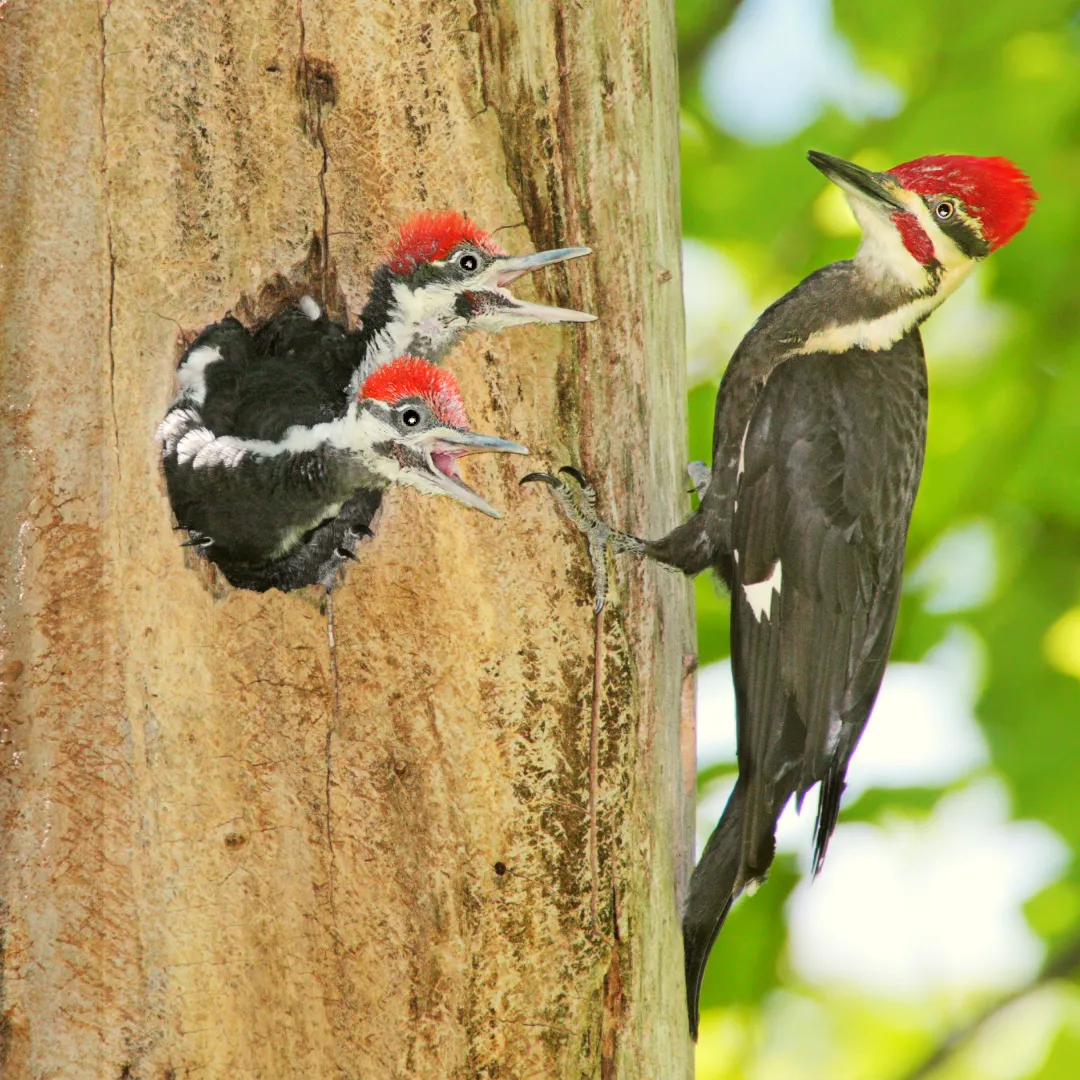1,000+ Reasons to Love a Snag
How and why to sculpt the dead tree in your backyard
Sculptural snag (standing dead tree) shaped by arborists at Mount Cuba Center in Delaware
Dear Avant Gardener, I have a large, mostly dead wild cherry I’d like to keep as a snag. However, my wife is concerned falling branches could damage our cars or the house next door. She is also worried what neighbors will think if we keep a dead tree on our property. What’s your guidance on keeping a dead tree in our yard? — Hitting a Snag
I love a good snag! They are so sculptural. And they provide vital habitat for more than 1,000 species of wildlife nationwide, according to the National Wildlife Federation. That’s why I kept a snag in my own backyard and recommend you do, too.
The ecological value of snags is so great that the National Wildlife Federation recommends landowners maintain three snags per acre. That’s roughly one dead tree for every two suburban lots in the United States. Clearly, you and I need to spread the word.
As Nancy Lawson writes in her beautiful book, The Humane Gardener,
At least 85 species of birds in North America are cavity-nesters, and dead trees — often referred to as ‘wildlife trees’ — sustain countless other organisms. As bacteria and fungi move in to hasten the decay of snags, stumps, and fallen logs, beetles tunnel through the softening wood to lay their eggs, followed by wood-nesting native bees. Nature’s homebuilders, the woodpeckers, show up to eat the insects and nest. In the ensuing years their handiwork creates condos for swallows, squirrels, and owls.
Woodpeckers are biologically conditioned to dig their own cavities; the physical motions of cavity excavation stimulate reproduction.
Sculpting a safe snag
Of course, as your wife points out, you’ll want to make sure your snag is not a hazard. That means removing trunk and branch portions in danger of falling on people, structures, powerlines, and so on. (You can keep removed trunk and branch portions in a shady area of your property, not too close to your house, to provide additional wildlife value.)
While a natural snag looks beautifully sculptural, a tall trunk with a flattop can be an eyesore. Arborists at Mount Cuba Center in Delaware make an art of trimming dead trees to create safe, natural-looking snags (see photo above).
Unfortunately, most local tree contractors are not expert at sculpting snags. Mine told me he had never been asked to do so in 30 years in the business. So I cut a picture of our partially dead tree to show him what to keep — and what to remove.
I took scissors to a picture of my dead tree to show the tree contractor where to make the cuts to sculpt my snag.
Arborists at Garden in the Woods in Massachusetts use a “coronet cut” to simulate a natural break.
What will the neighbors say?
The young man next door asked whether the tree crew had to leave abruptly before finishing cutting down our tree. No, I explained, we asked them to trim it that way for the wildlife value. Enough said.
To preempt negative reactions from neighbors, I recommend a combination of artful landscaping and proactive communication.
In the garden, a tree snag can be a free sculptural asset [says landscape designer Mary Sper] . . . Blend one into the landscape by training Virginia creeper or another native vine to climb it. Provide shelter and a feeling of safety for cautious songbirds by surrounding the snag with serviceberries, redbuds, fruiting shrubs, or other understory species helpful to wildlife in your region. — The Humane Gardener
Certifying your yard as a wildlife habitat and announcing it with a sign will also suggest that your snag and other ecological features are intentional, not neglect. There are several local and national programs. I happen to love the National Wildlife Federation’s sign; you can apply here.
Wishing you a happy habitat,
— The Avant Gardener
Related Resources
Looking for more info on how snags support wildlife? Click here.
Can you imagine 227 ways your interactions with nature can positively or negatively affect your well-being? Learn more in the Washington Post.




